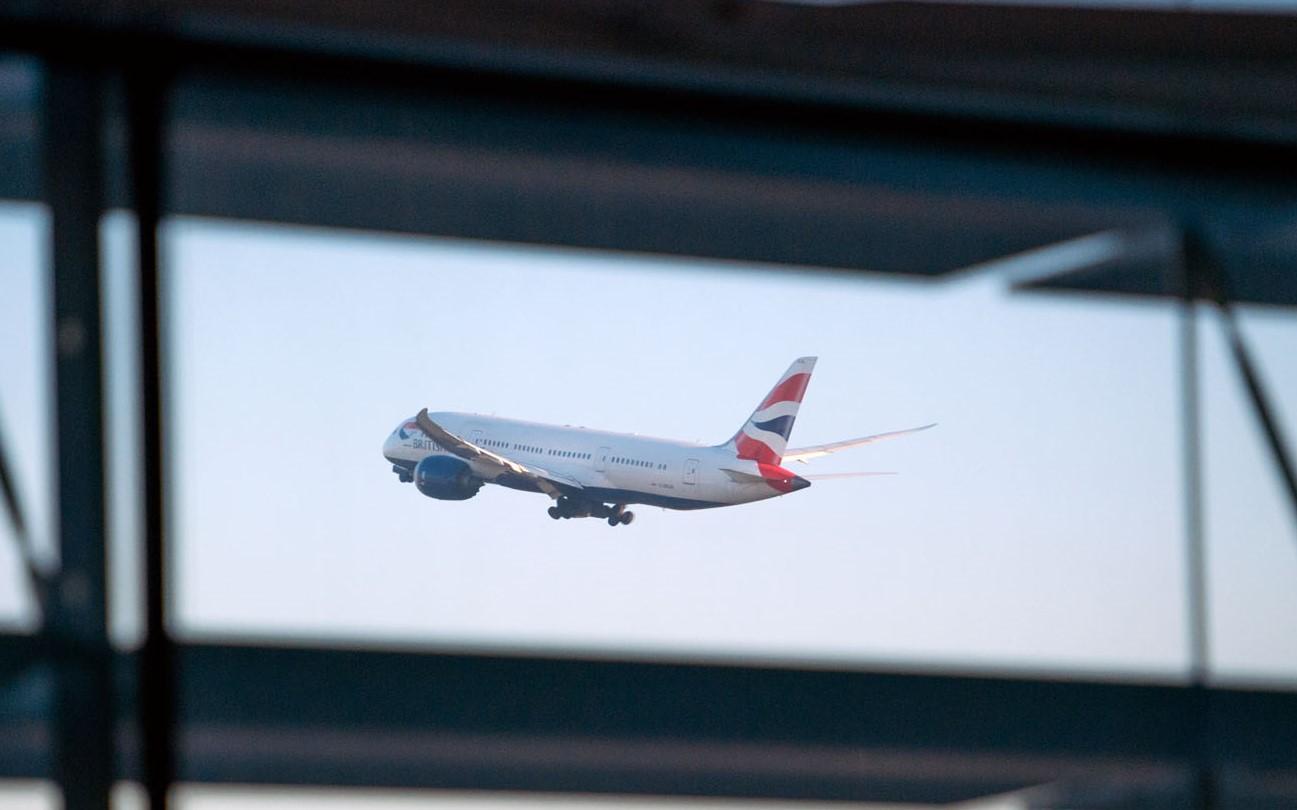
The Government published its Airspace Modernisation Strategy (AMS) in 2018. The AMS lays out a national programme to modernise and upgrade the UK’s airspace and sets out the work required of the aviation industry, including UK airports, to deliver airspace modernisation. A masterplan is now being created by the Airspace Change Organising Group (ACOG) to coordinate the delivery of airspace change across UK airports and NATS En Route Limited (who is responsible for the airspace above/beyond the airports’ areas of responsibility)
Heathrow’s current departure and arrival procedures were designed decades ago, at a time when aircraft and navigation were much less sophisticated than today. Through the introduction of airspace modernisation at Heathrow, the airport will make use of modern navigation technology to enable better aircraft performance, reduce delays and manage traffic in ways that mitigate, where possible, the impact on local communities.
Heathrow will also play its part in delivering the requirements of the UK’s AMS, such as maintaining and enhancing high aviation standards, ensuring the efficient use of airspace, avoiding flight delays by better managing the wider airspace network, and improving environmental performance by reducing emissions and noise impacts on local communities.
Heathrow had intended to deliver airspace modernisation as part of the Expansion project, however Expansion is on pause as the current priority is to recover from the COVID-19 pandemic. Heathrow remains committed to airspace modernisation and we are therefore proposing to progress the changes required to keep pace with the wider UK programme via this new ACP, based on our existing two runways. Through the new airspace design, Heathrow will seek to minimise the impact of potential future changes to its airspace as far as is practical, such as those that may result from the development of future navigation technologies, the introduction of Urban Air Mobility (UAM), other anticipated aircraft fleet changes, or expansion of the airport.
The majority of UK flight paths were designed decades ago, at a time when aircraft and navigation were much less sophisticated than today. A nationwide airspace modernisation programme is therefore underway across UK airports.
Modernisation of the UK’s airspace is required to accommodate growing demand for air travel in a sustainable way. The Government has embarked on its airspace modernisation strategy which is being sponsored by the Civil Aviation Authority and the Department for Transport.
The aim of the strategy is to make airspace more efficient, to improve punctuality, to reduce CO2 emissions, to reduce noise and to ensure there is capacity to meet future demand. The strategy will require UK airports to modernise their airspace, as well as the airspace network above them, known as en route airspace. The UK’s Airspace Modernisation Strategy is part of ICAO’s Global Air Navigation Plan.
The Government’s strategic rationale for upgrading UK airspace provides more information on the need for airspace modernisation in the UK and describes the planned upgrades. The One Sky One Plan website provides more information about the benefits of airspace modernisation. Heathrow is working closely with the Airspace Change Organising Group ACOG and other airports to develop plans that integrate and work together across the UK.
Heathrow had initially proposed to undertake airspace modernisation through its Airspace Change Proposal (ACP) for Airport Expansion. The Expansion project was put on pause in 2020 and we continue to review the different circumstances that we find the aviation industry in. However, Heathrow remains committed to airspace modernisation and to keeping pace with the wider UK programme so in 2021 we began a new ACP to make the necessary changes to flight paths to and from our existing two runways. Heathrow is following the CAA’s Airspace Change process, known as CAP1616. The process involves seven stages, with a gateway at each stage for the CAA to assess the work Heathrow has undertaken and decide whether to give approval to move to the next stage.
At Stage 1, we developed design principles for this airspace change in collaboration with key stakeholders. The CAA passed us at the Stage 1 Gateway in March 2022.
At Stage 2, we engaged with stakeholders to develop and assess a comprehensive list of potential arrival and departure route options. We then shortlisted design options based on the assessments. The CAA passed us at the Stage 2 Gateway in July 2024.
Our Stage 1 and Stage 2 submissions, and all supporting engagement evidence, are available to view on the CAA’s airspace change portal: Airspace change proposal public view (caa.co.uk)
We are now planning for Stage 3, which will involve a full options appraisal of our shortlisted options. At Stage 3 we will also undertake a public consultation. This website will be updated with details once we have developed our plans for consultation.
See Heathrow's public submission on the CAA'sairspace change portal

